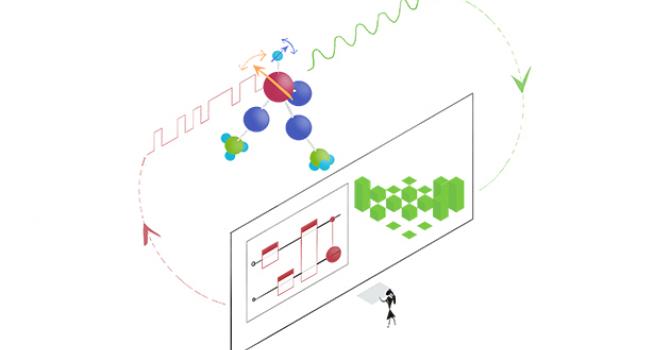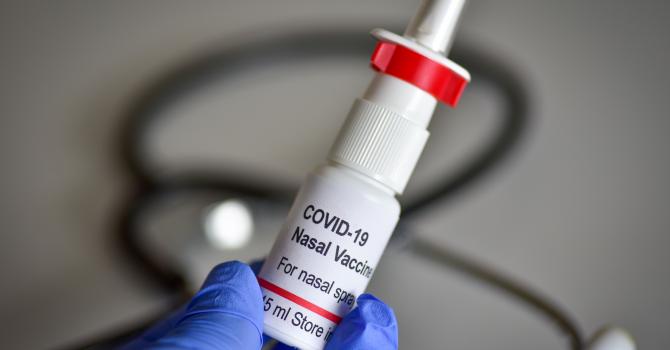How Do Engineers Use AI to Fight Covid-19 Pandemic
Prof. Tim Woo, Associate Professor of Engineering Education of Department of Electronic & Computer Engineering, gives us insight into how engineers use AI to come up with new technologies amid Covid-19 pandemic.
By Prof. Tim Woo, Engineering Education, Department Electronic & Computer Engineering , HKUST
In order to reduce the outbreak of the novel coronavirus within countries and communities, one of the effective methods is to start with detection. However, it is difficult to identify potential patients at an early stage so as to stop the spread of the virus. Fever is one of the symptoms of this disease, therefore measuring body temperature is one of the ways to identify potential patients. Measuring body temperature is time consuming, and may require intensive manual assistance. Inspectors may need to have close contact with the patients. This may increase their chance of getting infected as well as their workload and stress.
Would it be great if we have some assistive tools to protect inspectors from getting infected? Identifying people with a fever in the crowd effectively becomes the biggest challenge of all.
After the outbreak of SARS in 2003, custom controls in various countries have equipped with infrared detectors to measure body temperature of arriving travelers. But the image displayed by the infrared camera is different from ordinary camera. Temperatures are identified by different color zones. Inspectors needs to focus on analyzing the image and match it with passing passengers. These thermal images become very complicated when measuring in the crowd. In comparison with medical thermometers, infrared camera is more efficient in identifying travelers with fever. However, both rely on intensive monitoring from inspectors that may increase the risk of outbreak and instability.
Technology advancement has led to the development of camera systems combined thermal sensing. Computer software combines ordinary image and thermal image, and the position of the traveler’s face can be identified after image recognition. The thermal image is then coupled with data and finally, the computer automatically identifies the travelers, and their body temperatures are indicated on screen. This makes fever inspection easier and more accurate.
The above technology seems to meet the needs, but it has limitations. The computer need to use the facial features (positions of eyes, mouth and nose)to recognize travelers. If the traveler passing by wears a hat, scarf or mask, it is difficult for the computer to identify his or her face by analyzing the image. That may reduce the effectiveness of this technology.
To solve this problem, engineers have begun to introduce artificial intelligence (AI) with face recognition technology in recent years. At present, some detection devices have applied AI face detection technology successfully measuring the temperature of a person wearing a mask, which greatly reduces the inspector’s exposure to infection. The system is facilitated by adopting Deep Learning technology.
Deep Learning has become one of the mainstreams in AI in recent years. This technology has been widely known since 2016 when the AI AlphaGo defeated the human chess champion. Deep Learning is composed of neural networks. Through lots of supervised, semi-supervised or unsupervised training settings, the computer can automatically adjust multiple parameters to improve the success rate of completing a task. In order to use Deep Learning to improve the success rate of face recognition, datasets including general human face photos, together with photos of human faces with masks on, were put into the software. The computer then automatically adjusts the parameters through training. By adding various photos of different view of human face, genders, hairstyles and so, Deep Learning can greatly improve computer’s recognition rate of humans’ face contours. With this technology, human faces can be more accurately distinguished and body temperature can be measured.
Computer systems equipped with AI thermal cameras have assisted inspectors and medical staff in different fields. As long as you realize the problem, making use of different technologies can definitely create a better society.






